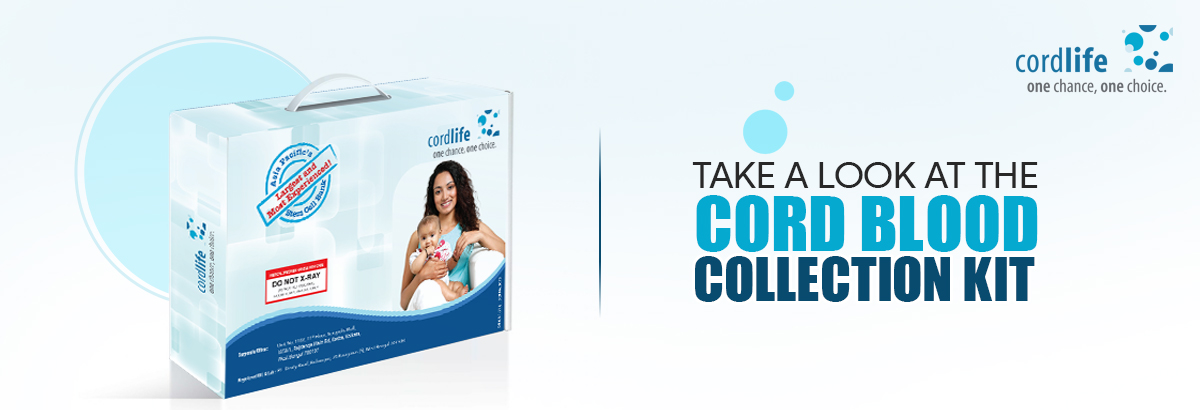Table of Contents
You may be in the 2nd or 3rd trimester of your pregnancy, and you’ve decided to bank your baby’s cord blood with Asia’s largest private cord blood bank – Cordlife. Well! That’s good news!
Why shouldn’t it be so? Like many other expectant parents, you have understood that saving the cord blood stem cells for 21 years or more can save you, your baby, and the rest of the members of your family from over 80 life-threatening diseases.
Cord blood banking is a process that involves everything from cord blood collection (at the time of the baby’s birth) to the storage of the cord blood stem cells, and finally dispensation at the point of utilisation.
How is the Cord Blood Collected?
Once you’ve delivered your baby, either vaginally, or via a C – section, your healthcare provider will cut and clamp the umbilical cord just a few inches apart to separate you from your baby. The medical experts, at the time of your baby’s delivery, can use a sterile needle as well as a collection bag to collect the cord blood.
The experienced medical fraternity follows an ex and in-utero method of cord blood collection. In the ex-utero method of cord blood collection, a single-use cord blood collection bag contains a needle, which is inserted via the umbilical vein to drain the Residual Blood in the bag via the connected sterile tube.
However, in the in-utero method, the doctors wait for the placenta – the most essential organ for foetal development to be delivered. Once the placenta is out of the cord, it is collected in a heparin-free collection bag, the same as the ex-utero, it is sent to the lab for processing, testing, and storage in a cord blood collection kit box.
Why is a Cord Blood Collection Kit a Must?
You must remember to sign an agreement form with private cord blood banks like Cordlife, which promises to provide you with a Cord blood collection kit box. So, don’t forget to take the kit box with you to the hospital. The kit box has all the materials essential for sterile collection after cord blood, and maternal blood samples, protective packing, temperature-safe transportation to the lab maintaining optimum viability and vitality of the contained stem cells en route to the lab.
What is There in the Cord Blood Collection Kit Box?
As far as Cordlife’s cord blood collection kit is concerned, we understand our samples best. We follow a box-in-box concept. Just by looking at the collection kit box, you will come to know that your baby’s cord blood is kept safe inside.
- That said Cordlife’s cord blood collection kit box has two separate boxes. To elaborate more on this, the kit is compartmentalised for dual and differential storage. The maternal blood and umbilical cord blood samples are collected and stored separately in separate boxes.
- Since your baby’s cord blood stem cells are highly vulnerable to temperature changes, failing to maintain a normal room temperature may damage the stem cells. So, these boxes are the first defence against the outside temperature. How? They are air-tight and have thermoneutral packaging. On one hand, the blood samples are collected and stored within a different acceptable range of temperatures, on the other hand, the technology ensures that cord blood stem cells are safe against temperature fluctuations. Even mild heat acclimation does not affect the samples. The differential optimum temperatures after contacts are successfully met with the box-in-box concept.
Cordlife walks that extra mile for you. Overall, Cordlife’s cord blood collection kit box should follow the highest standards of environmental safety, and quality as the samples need to be transported from the birthing center to the lab and from the lab to the transplant center (when there is a medical necessity).
